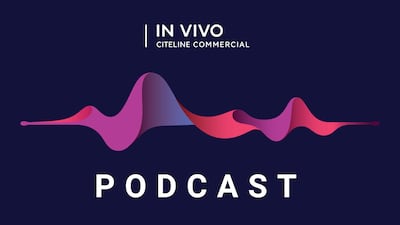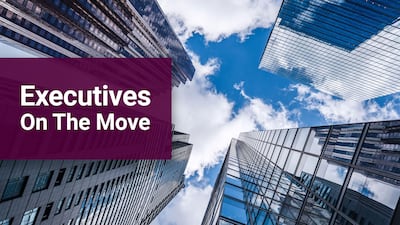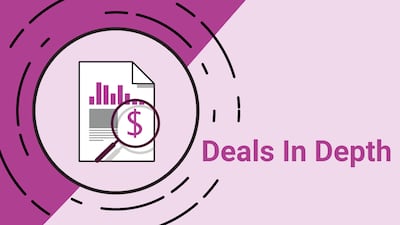Todd Brinton had an unconventional career path before accepting the role of chief scientific officer (CSO) at one of the world’s most influential, innovative, and patient-focused companies developing medical technologies for structural heart disease, Edwards Lifesciences Corp.
Having followed a passion to study biomedical engineering at university (UC San Diego), he immediately threw himself in at the...
Read the full article – start your free trial today!
Join thousands of industry professionals who rely on In Vivo for daily insights
- Start your 7-day free trial
- Explore trusted news, analysis, and insights
- Access comprehensive global coverage
- Enjoy instant access – no credit card required
Already a subscriber?






